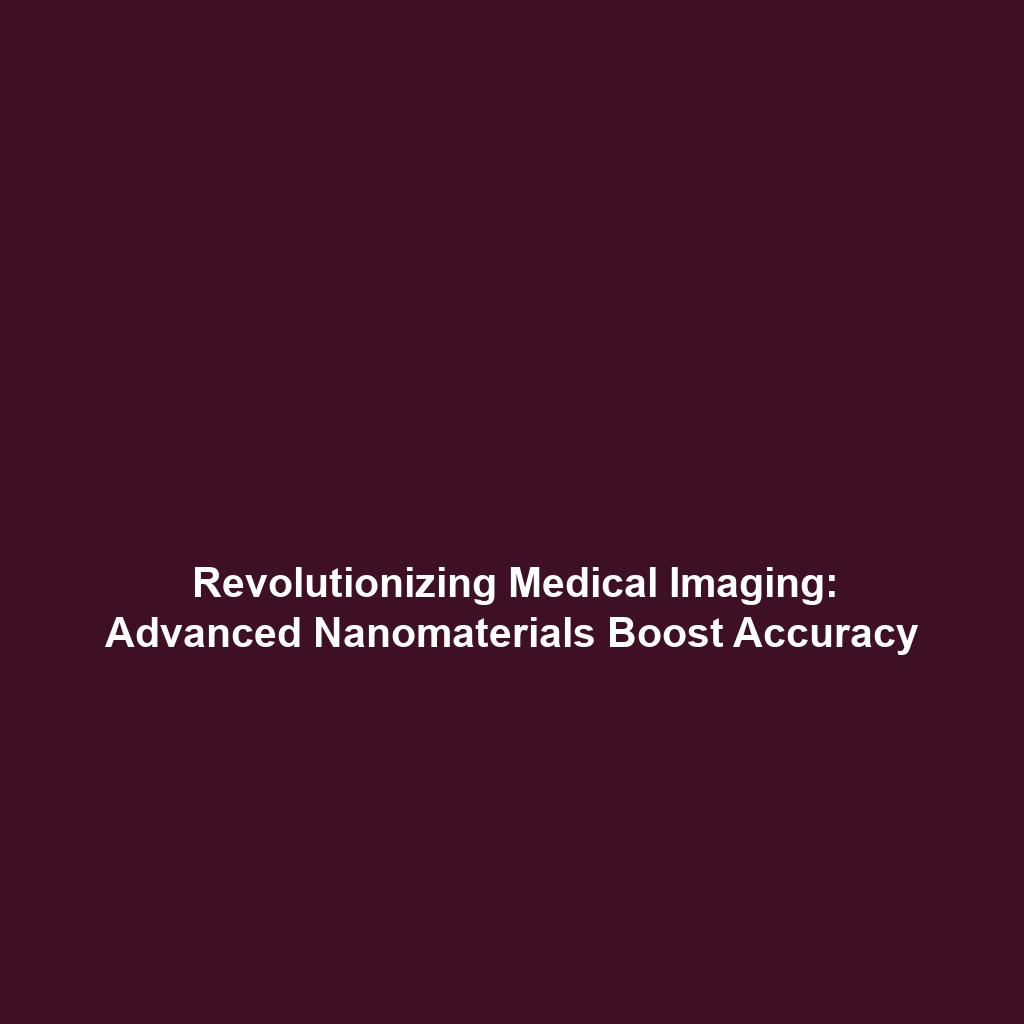AI’s Role in Early Disease Detection and Outbreak Prediction in Low-Resource Settings
Introduction
Artificial Intelligence (AI) is rapidly transforming the healthcare landscape, especially in low-resource settings. Its role in early disease detection and outbreak prediction is significant, as it can enable timely interventions that save lives and resources. By leveraging machine learning and data analytics, healthcare providers can identify patterns and predict outbreaks before they escalate. Understanding AI’s contributions in these contexts emphasizes its broader impact within AI in Healthcare, making it an essential field of study for improving global health outcomes.
Key Concepts
Understanding AI in Early Detection
AI’s role in early disease detection involves the analysis of medical data to identify risks and symptoms that may precede a full-blown outbreak. In low-resource settings, where access to healthcare may be limited, these predictive capabilities are critical. Key concepts include:
- Machine Learning: Algorithms that improve prediction accuracy through experience.
- Data Analysis: Systematic computational techniques to interpret healthcare data.
- Predictive Analytics: Forecasting potential health crises based on historical data.
Applications and Real-World Uses
AI is being applied globally to enhance healthcare systems, particularly in low-resource settings. Significant applications of AI in early disease detection and outbreak prediction include:
- Surveillance Systems: AI-driven tools monitor outbreak patterns and signals.
- Diagnostic Tools: Algorithms that assist health practitioners in identifying diseases from imaging data.
- Mobile Health Apps: AI platforms that provide real-time monitoring and predictive health analytics to vulnerable populations.
These applications highlight how AI is crucial in addressing healthcare challenges, making it an invaluable component of AI in Healthcare.
Current Challenges
Despite its potential, several challenges hinder the effective application of AI in low-resource settings:
- Lack of Data: Inadequate healthcare data can lead to inaccurate predictions.
- Infrastructure Issues: Insufficient technological infrastructure may limit AI implementation.
- Ethical Concerns: Use of personal data raises privacy and consent issues.
Addressing these challenges of AI in healthcare is crucial to maximize its impact on early disease detection and outbreak prediction.
Future Research and Innovations
Future research in AI for early disease detection and outbreak prediction is promising, focusing on innovations that could enhance healthcare responses in low-resource settings. Key areas of exploration include:
- Next-Gen Machine Learning Models: Developing more sophisticated algorithms for better predictive accuracy.
- Integration with Mobile Technology: Enhancing access through mobile platforms for real-time data collection and analysis.
- Collaborative Networks: Building partnerships between AI developers and healthcare providers to ensure culturally relevant solutions.
These advancements will likely reshape the future landscape of AI in Healthcare by improving early disease detection and outbreak prediction capabilities.
Conclusion
AI’s role in early disease detection and outbreak prediction in low-resource settings represents a critical frontier in healthcare innovation. By overcoming current challenges and fostering future research, we can harness the full potential of AI to improve health outcomes for vulnerable populations. To explore more on this topic and its implications within AI in Healthcare, consider reading our related articles on predictive analytics and mobile health technologies.
